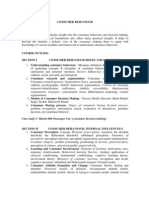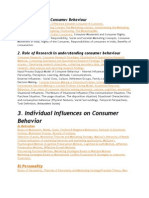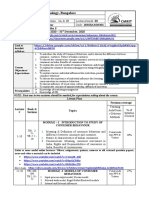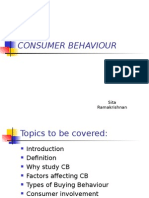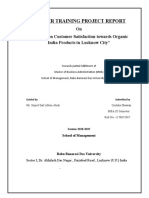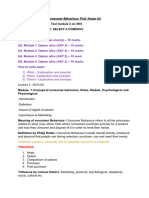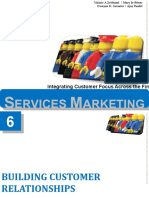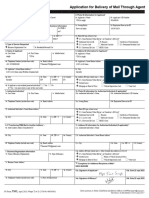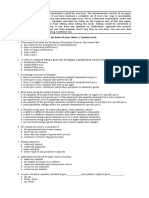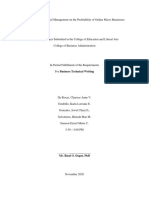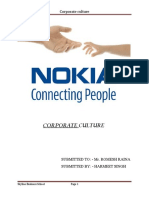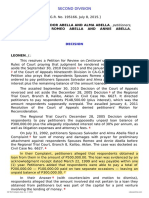0% found this document useful (0 votes)
13 views7 pagesSummarised Notes
The document provides an overview of consumer behavior, including its definition, phases, and influencing factors such as psychological and sociological elements. It covers client value, satisfaction, and retention, as well as consumer research, market segmentation, psychological factors, learning, attitudes, communication, and decision-making processes. Additionally, it discusses the impact of digital trends and influencer marketing on consumer behavior and decision-making.
Uploaded by
prateekprakash.immCopyright
© © All Rights Reserved
We take content rights seriously. If you suspect this is your content, claim it here.
Available Formats
Download as DOCX, PDF, TXT or read online on Scribd
0% found this document useful (0 votes)
13 views7 pagesSummarised Notes
The document provides an overview of consumer behavior, including its definition, phases, and influencing factors such as psychological and sociological elements. It covers client value, satisfaction, and retention, as well as consumer research, market segmentation, psychological factors, learning, attitudes, communication, and decision-making processes. Additionally, it discusses the impact of digital trends and influencer marketing on consumer behavior and decision-making.
Uploaded by
prateekprakash.immCopyright
© © All Rights Reserved
We take content rights seriously. If you suspect this is your content, claim it here.
Available Formats
Download as DOCX, PDF, TXT or read online on Scribd
/ 7














